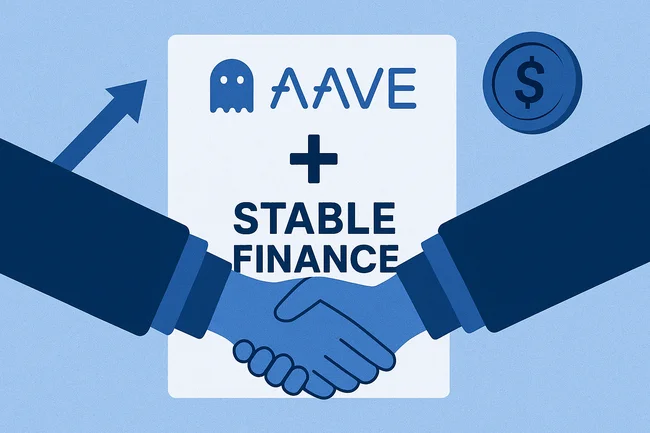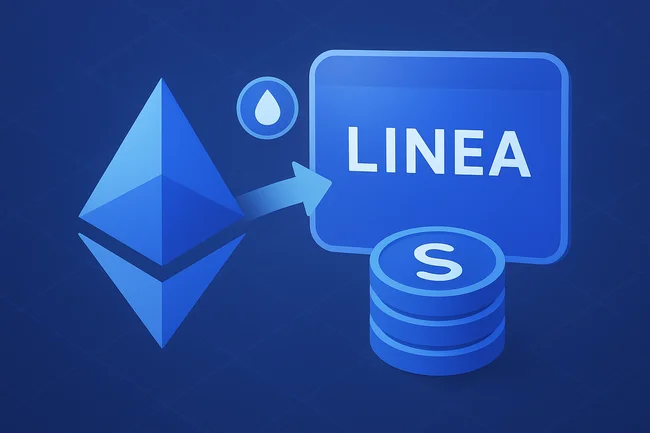Hardware mining involves using specialized computer hardware to validate transactions and secure a blockchain network. Miners compete to solve complex mathematical problems, and the first to find a solution gets to add a new block to the chain.This process often requires substantial computational power. Miners typically use graphics processing units (GPUs) or application-specific integrated circuits (ASICs) designed for optimal performance. The choice of hardware can significantly impact profitability and efficiency.In return for their efforts, miners earn rewards, usually in the form of the cryptocurrency being mined. However, hardware mining also has downsides, including high energy consumption and the need for continual upgrades as technology advances.As more miners join the network, competition increases, making it harder to earn rewards. This has led to the rise of mining pools, where individuals combine their resources to improve their chances of successfully mining and sharing the rewards. Overall, hardware mining is a crucial part of how many cryptocurrencies maintain their security and operate.

China Reaffirms Strict Oversight on Virtual Currencies at Financial Street Forum
China’s central bank reiterated its tough stance on virtual currency activities as the 2025 Financial Street Forum Annual Meeting opened



